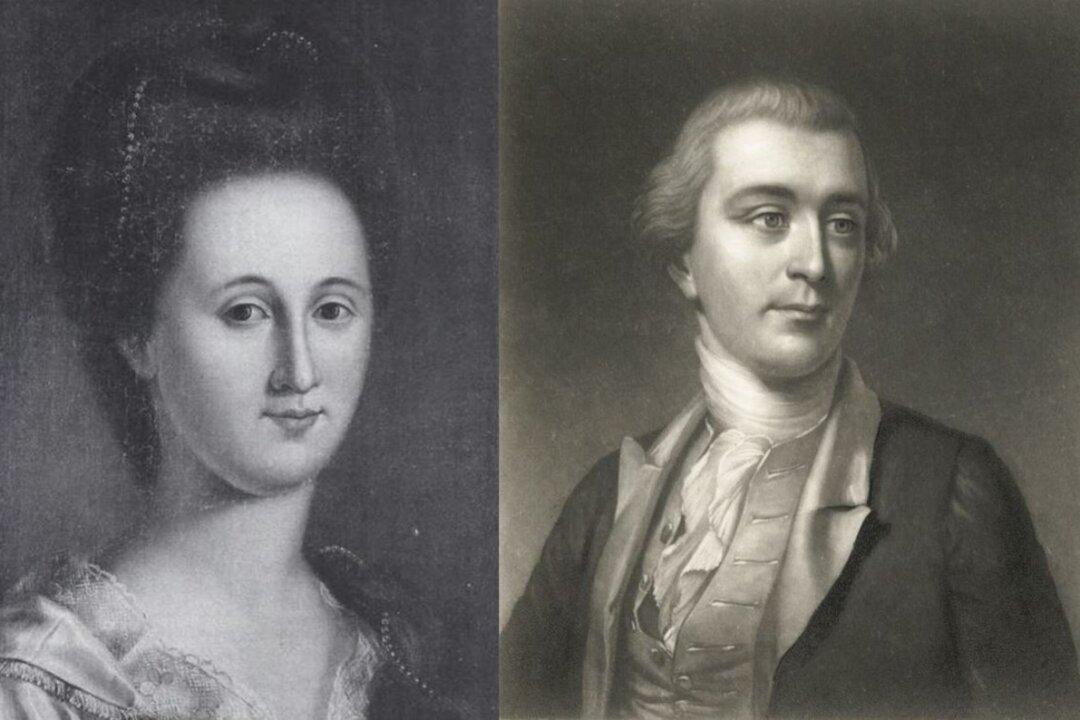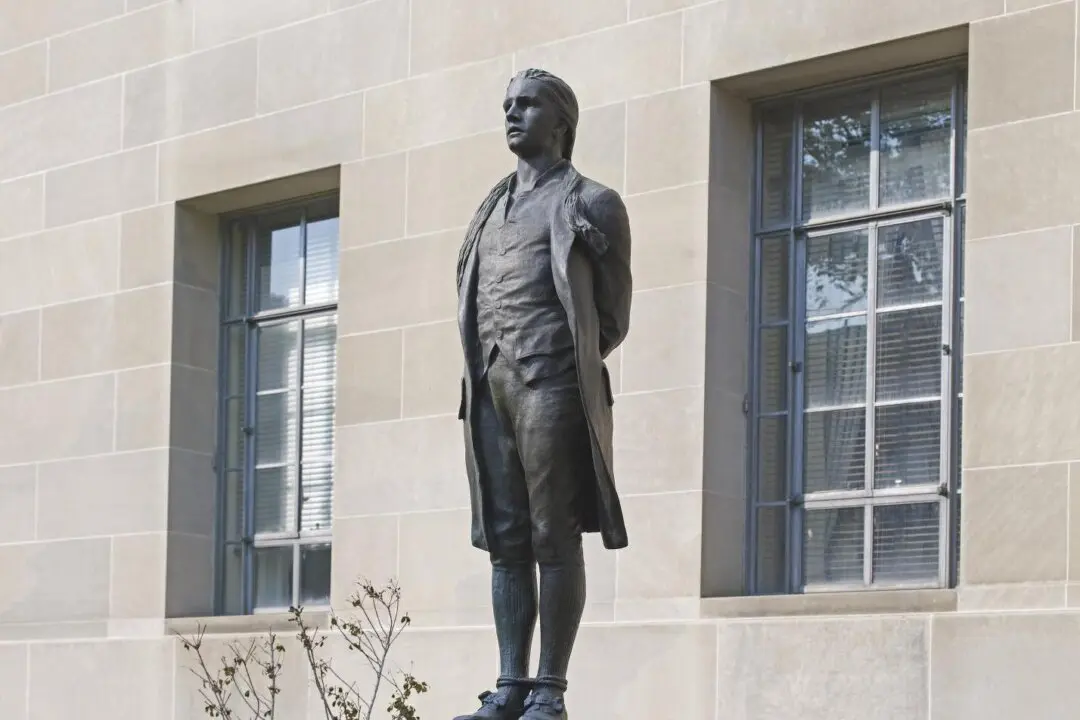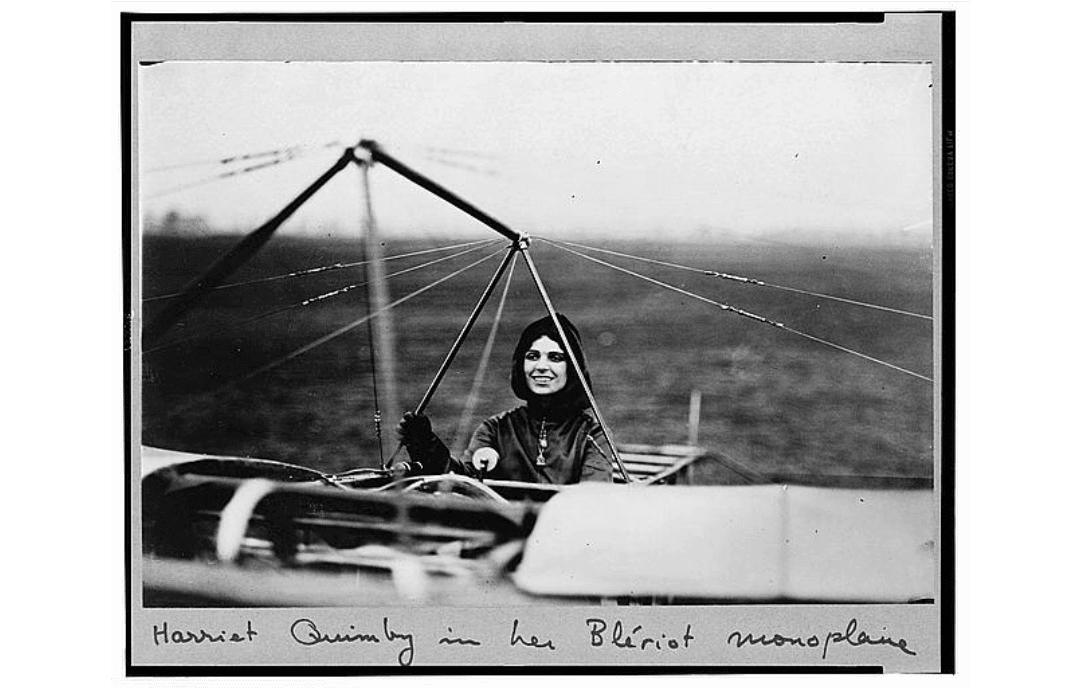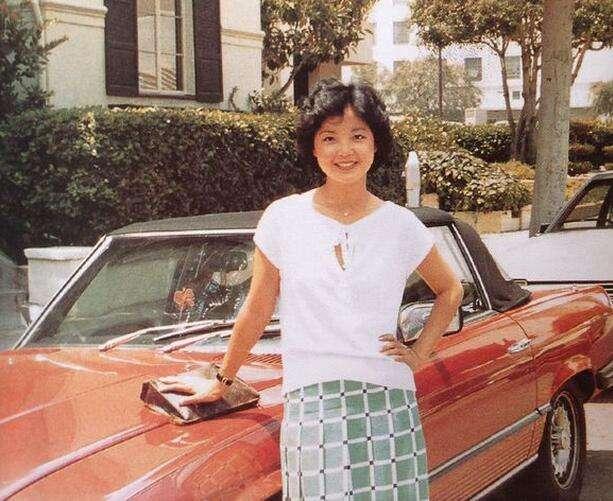Anyone who has ever dabbled in genealogy knows that as you go back into family history, the answers to one question always lead to several more—more questions, that is. Genealogy may be the only area of study in which (excuse the joke) “Everything is relative.” Frustrating, too.
Using a popular online ancestry service, I submitted to a DNA test and learned that I am 49 percent Scottish, 28 percent “Germanic Europe,” 8 percent Irish, 8 percent English, and 7 percent Norwegian. No big surprises there, based on what I heard from family and relatives over the years. The frustrating part is that I’ve hit a brick wall in the early 1800s. So far, I can’t identify anybody on the Reed family tree further back than that.






